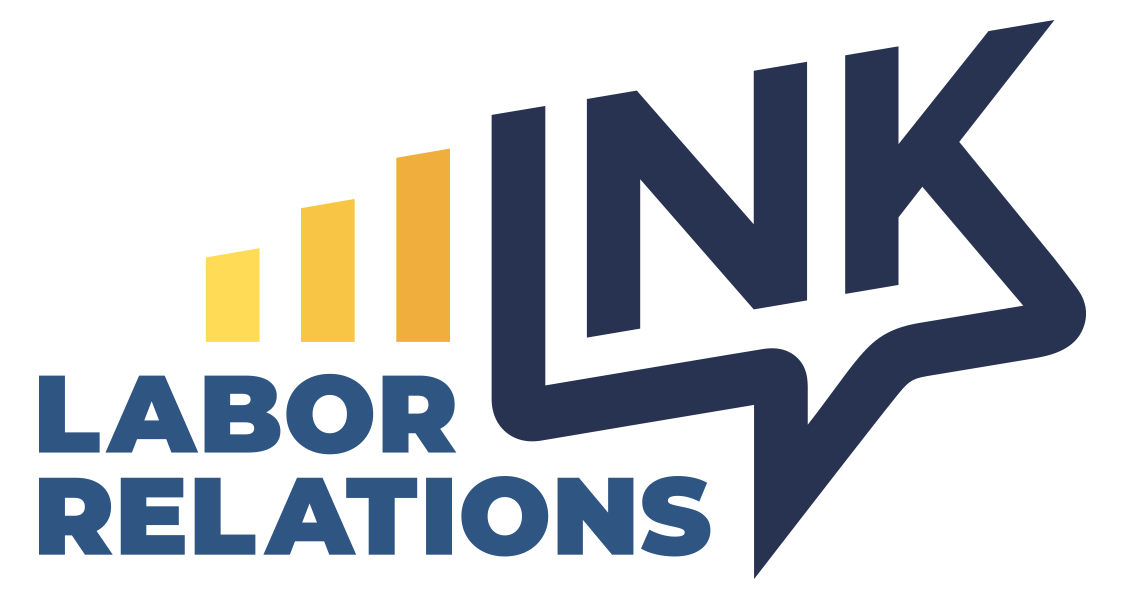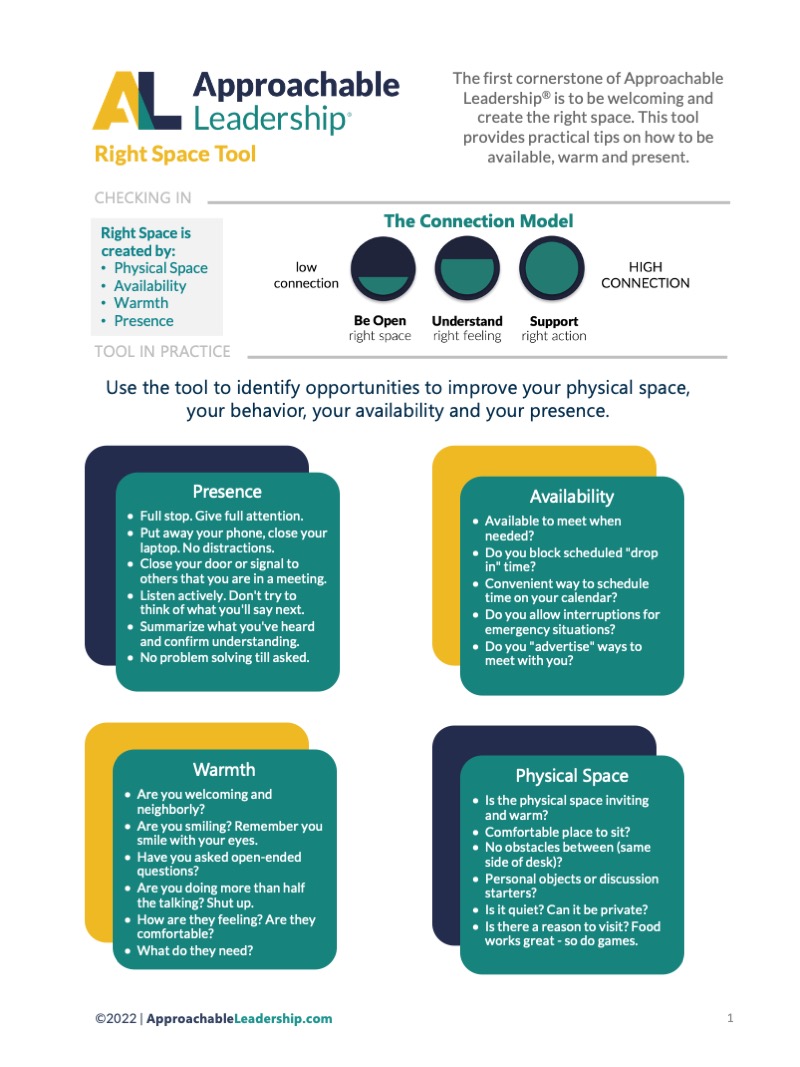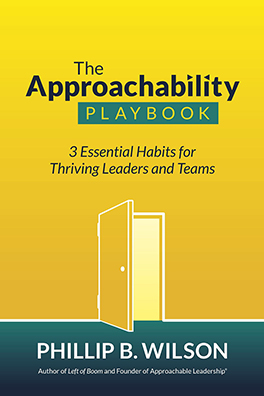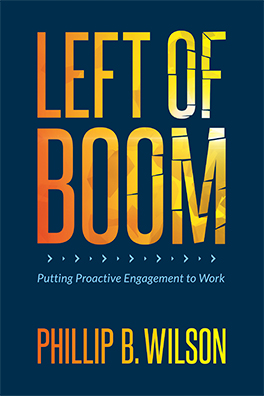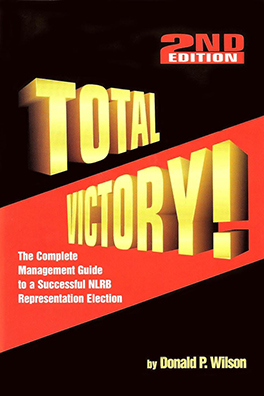As healthcare professionals tiptoe further into AI adoption, both nurses and doctors have expressed concerns about this evolving technology’s limitations. That is to say, AI will always lack a bedside manner and cannot be trusted to accurately observe patients’ symptoms on a first-hand basis.
As with all uses of AI, leaders should encourage workers to view this tech as a helper tool, and especially in a sector with life-and-death stakes, AI output must always be triple-checked by humans.
Yet in an industry where good news is rare, there’s justifiable reason for optimism on the horizon. Physicians are embracing AI for specific but significant purposes, and they are pleased as punch as a result:
- The Harvard Gazette highlighted an August 2025 Jama Network Open study with findings on how AI-driven scribe applications decreased burnout prevalence in hundreds of Harvard-affiliated Mass General Brigham doctors by 21.2% over 84 days.
- Athena Health’s 2025 Physician Sentiment Survey pointed toward close to a 10% burnout decrease among its doctors due to AI. Additionally, 68% of those surveyed who use AI are choosing tools that handle clinical documentation for patient visits.
- An American Medical Association study pointed towards a majority of doctors, 68% in 2024, viewing AI as an advantage in managing their workload. Their top-scoring opportunity for use of AI was “addressing administrative burden through automation.”
That brings us to an important question: Could AI help deter unionization by physicians? An argument could certainly be made in that direction.
Increased career satisfaction = less temptation to turn toward third-party representation.
Granted, nursing unions don’t seem to view AI in the same way and try to capitalize upon workers’ fears about technology replacing jobs, as a recent picket line outside of Kaiser Permanente confirmed.
Yet physician unions have been comparatively quiet on that front. Both the Committee of Interns and Residents (CIR/SEIU), which represents physicians-in-training, and Doctors Council, which has been heavily organizing primary care docs, have been surprisingly nonchalant about AI. These unions have been more outwardly vocal about wages and working conditions, including physician burnout from high workloads.
To that end, AI adoption with safeguards could work in hospital systems’ favor by improving working conditions for doctors and lessening burnout. This allows doctors to do what they want most: Focus energy on patients.
Conclusion: Only time will truly tell if these AI results do reduce union organizing by doctors, but healthcare employers will want to keep an eye on which AI tools are welcomed by their workforces and which are cast aside. We must also mention that valid concerns do exist when it comes to doctors relying too heavily on AI for cancer screenings, and all tech must be vetted with privacy and other ethical considerations in mind.
Yet for reducing administrative burden, it’s full steam ahead for AI. In a stressful industry like healthcare, that’s great news for physicians and their employers, but not for the unions using AI as an organizing point.
